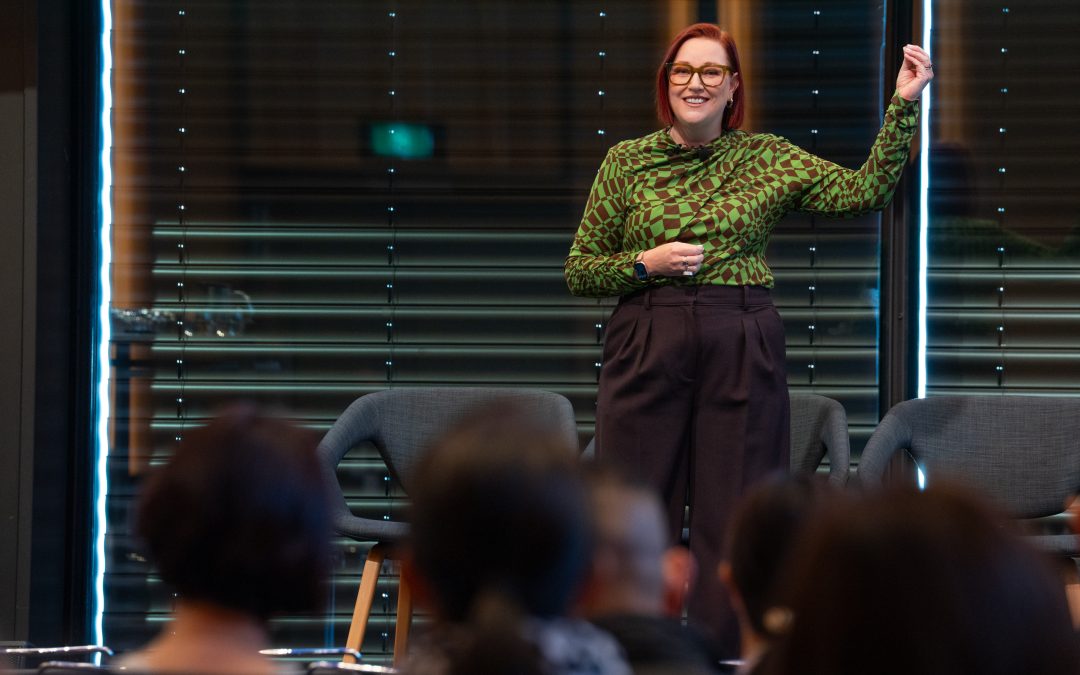Let’s be honest – 2025 has thrown plenty at business leaders already.
Between economic uncertainty, shifting buyer behaviour, and the never-ending debate about AI, it’s no wonder many sales teams are in a state of constant reaction.
And all these distractions are causing one, very significant problem: a reactive sales approach doesn’t build sustainable growth.
It keeps you in a constant state of firefighting.
It leaves your sales pipeline vulnerable.
And it makes your revenue forecasts feel like educated guesses rather than strategic outcomes.
As I’ve been speaking with business owners and sales leaders across industries this year, a clear pattern has emerged – and if you recognise your own team in what I’m about to say, it’s time to pay attention.
The reality check
Here’s what I’m seeing out there right now:
- Fear is driving decisions. Global instability and local market shifts have salespeople clinging to short-term wins instead of long-term strategy.
- Reliance on a few rainmakers. Too many businesses have their revenue tied to one or two top performers (often the leaders or owner themselves).
- Sales without systems. Leaders tell me they feel like they’re building the plane while flying it, because they never have the time to embed a proactive sales framework.
- Distrust in the market. Buyers are more sceptical than ever, which means sales teams need stronger positioning and deeper trust-building skills.
- Tech avoidance or overreliance. AI is here, but instead of asking “How can this help us sell smarter?” some teams are pretending it doesn’t exist while others are relying on it too heavily resulting in a very generic and scripted approach (check out the AI and the Future of Sales article here).
All of this results in lead chasing instead of lead nurturing.
Why reaction mode is so costly
When your sales function is reactive, you’re always playing catch-up.
You’re responding to competitors instead of setting the pace. You’re at the mercy of the market instead of influencing it.
And perhaps most damaging of all, you burn precious energy on deals that go nowhere because you haven’t taken the time to align your systems, your people, and your strategy.
Reactive sales cultures also create high turnover.
High performers either burn out under the weight of carrying the team, or they leave for a business that supports them with structure and shared responsibility.
Meanwhile, the rest of the team never develops the skills or confidence to lead opportunities themselves.
The smarter way forward
If you want 2025 to be the year you stop reacting and start directing, with only a couple of months left to really make a difference, focus on these two shifts:
- Lock in a proactive sales rhythm
Identify the non-negotiable activities that keep your pipeline healthy. Then embed them into weekly habits.
Prospecting, follow-ups, client check-ins – they happen rain, hail, or shine, not just when things are slow.
Hot tip: Hours of Power are a great way to do this. Combining batching tasks with body doubling (aka doing it with others) is maximum time efficiency!
- Build capability across the team
Stop leaving results in the hands of one or two top performers. Invest time and resources in coaching, shadowing, and skill development for all your team beyond only sales training.
What do you need to do to lift results of your low and mid-performers so everyone can win business – not just the rainmakers?
Your next move
The market will keep shifting. That’s a given. And change is a constant. The real question is whether you’ll keep shifting with it by reacting to every wave … or whether you’ll anchor your business with a sales strategy that’s proactive, consistent, and can adapt in any climate.
As we gear up for the run home to Christmas and wrap up 2025, if you’ve been feeling like your sales team is always one step behind, this is your chance to course correct.
Because in a market full of uncertainty, the businesses that are winning are the ones that make smart growth their default setting – not their emergency backup plan.

